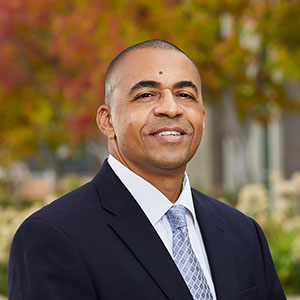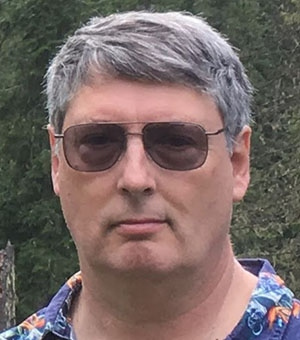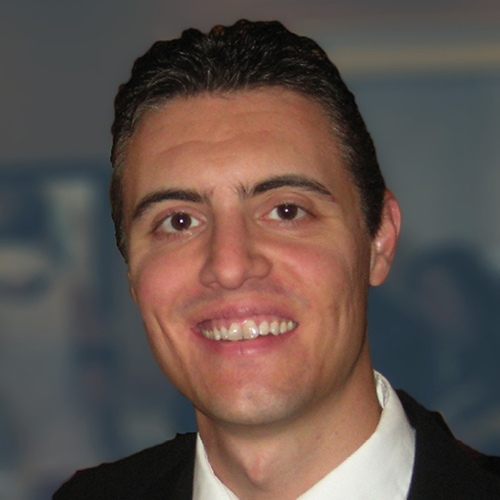Materials Science
Advancing the science and technology of materials
From actinides and architected materials to polymers and energetic materials, LLNL’s Materials Science Division (MSD) is constantly innovating in materials science.
Our multidisciplinary teams strive to create novel materials for security and energy applications and to understand the properties and performance of materials subjected to mission-relevant conditions.
We use state-of-the-art characterization technologies coupled with modeling and simulation to meet current and future national security needs, executing world-leading, discovery-class research in the fields of materials physics and chemistry. With these capabilities, MSD supports a broad range of existing and emerging LLNL programs.
Understanding how materials behave in various conditions drives MSD scientists to develop new materials for diverse applications:
- Feedstocks for additive manufacturing
- Targets for the world’s most powerful laser system at LLNL’s National Ignition Facility
- Technologies for the grid, transportation, and the environment through LLNL’s Laboratory for Energy Applications for the Future
Other efforts include innovations in materials assembly and processing to capture emergent properties at the nano-, meso-, and macroscale, as well as exploiting our characterization and synthesis expertise to optimize and scale the production of functional materials.
As a recognized and trusted leader for innovative, timely, and effective materials science solutions, MSD works closely with collaborators both inside and outside LLNL on a number of key national security and energy-focused initiatives. We also mentor the next generation of materials scientists through internship and postdoctoral fellowship programs.
Explore this page to learn more about the people, research, and resources that support our mission.
Learn more about materials science research at LLNL
People
Research Areas
- Designer Materials and Applications
- Energetic Materials Science
- Materials for Laser Systems
- Materials Structure and Properties
- Materials Theory, Modeling, and Simulation
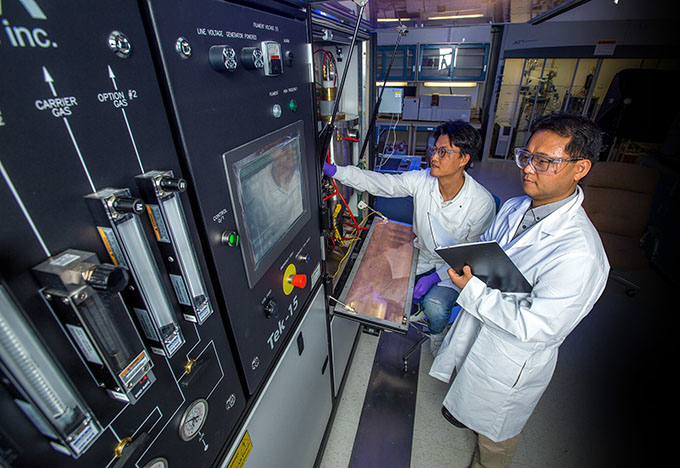
Designer Materials and Applications
With access to world-class facilities and instrumentation, our researchers specialize in the synthesis, characterization, integration, and application of composites and soft matter.
Our research supports LLNL’s Global Security, Strategic Deterrence, and NIF and Photon Science organizations. Learn more about our research groups by expanding the sections below.
Group leader: Scott McCall
With expertise spanning the gamut from surface science to magnetism to metallurgy, our scientists support global and national security missions through experimental work on actinide and lanthanide materials. We strive to understand the structural, chemical, mechanical, magnetic, and electronic properties of 4f- and 5f-electron systems. We also maintain capabilities for handling and preparing air-sensitive and radioactive samples (including transuranic materials).
Group leader: Tien Roehling
We apply atomic-scale mechanistic understanding of chemical phenomenon to link material synthesis and manufacture with properties and performance. Our chemical operations expertise supports the Nuclear Materials Program within Weapons Technology and Engineering.
Group leader: Yong Han
We conduct research at the intersection of chemistry, materials science, and chemical engineering. We synthesize, characterize, and process diverse materials including organic compounds, composites, and inorganic materials at various length scales spanning the nano-meso-macro regimes. The breadth of our expertise in materials synthesis, characterization, integration, and application allows us to provide materials related solutions and expertise in energy and national security applications.
To learn more about our research, visit the Nanoscience at LLNL website.
Group leader: Josh Kuntz
Group leader: Sarah Baker
Group leader: Trevor Willey
We design, develop, and characterize nanoscale architectures for a wide array of applications ranging from explosive materials to next-generation batteries.
To learn more about our research, visit the Nanoscience at LLNL website.
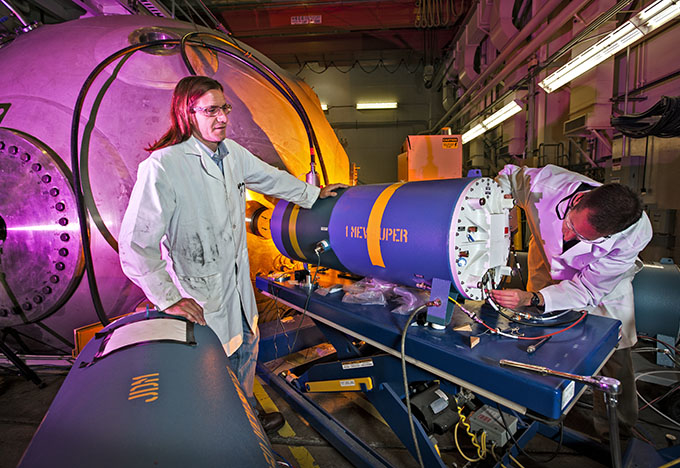
Energetic Materials Science
Our researchers specialize in the modeling and experimentation surrounding the development, characterization, and effectiveness of energetic and reactive materials. We explore the energy released during energetic chemical reactions, such as in comparing composites to single-molecule materials, the mechanical response of those materials, and their long-term aging and chemical compatibility. We improve the safety, performance, and understanding of energetic materials and investigate advanced manufacturing techniques and new materials development.
We have created novel energetic materials, scaled them up to custom feedstocks, manufactured them into unique systems, and tested their performance.
Our researchers support research at the Energetic Materials Center (EMC). Learn more about each research group by expanding the sections below.
Group leader: Lara Leininger
We specialize in modeling and experiment surrounding the development, characterization, and surety of high-explosive materials.
Group leader: Jon Belof
Group leader: Rick Gee
We employ static and dynamic high-pressure techniques to probe chemical changes in matter that occur at pressures that challenge the bonding energy of atoms. We tightly couple modeling and experimental efforts to understand chemical decomposition and synthesis that occur under extreme conditions.
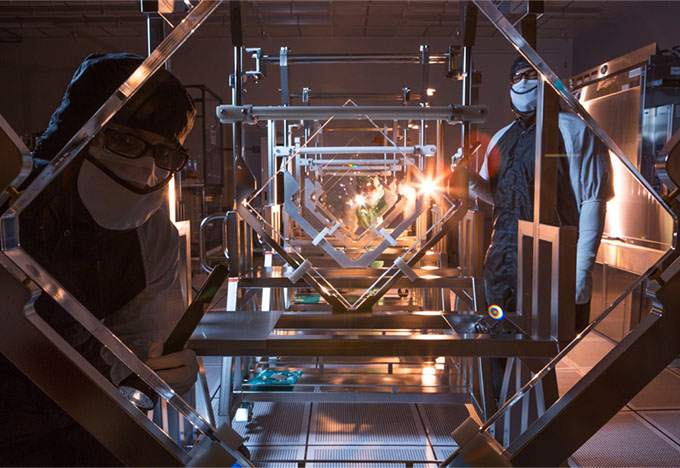
Materials for Laser Systems
To further LLNL’s national security mission, our scientists develop novel materials and precision assembly and characterization techniques for experiments at the National Ignition Facility (NIF) and other high-power laser facilities.
To learn more about our research, visit the Materials for Laser Systems website.
Learn more about our research groups by expanding the sections below.
Group leader: Ted Laurence
We support the development and characterization of targets for advanced NIF experiments.
Group leader: Suhas Bhandarkar
We develop NIF optics through a focus on laser–matter interactions, including exploring the optical properties of materials as well as the development and propagation of damage due to high photon fluence.
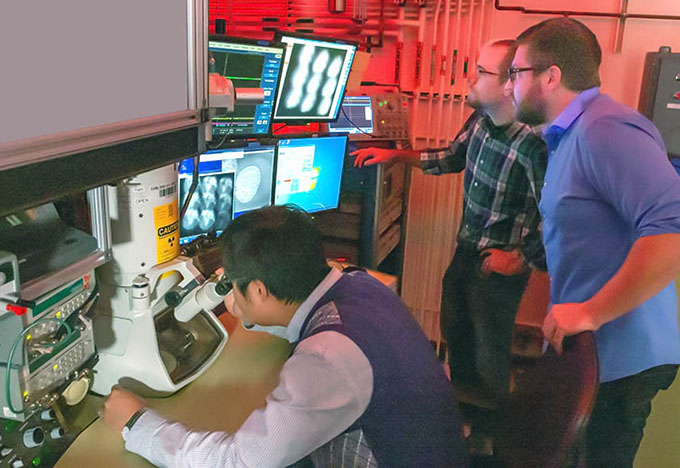
Materials Structure and Properties
Our researchers strive to understand the properties and performance of materials under various conditions to support fundamental science projects and programmatic missions across LLNL. Our capabilities allow us to directly observe and characterize complex material structure and events, leading to a fundamental understanding of properties and allowing us to define models that aid in the design of new and improved materials and devices. Learn more about our research groups by expanding the sections below.
Group leader: Kerri Blobaum
We support many groups across LLNL by maintaining sophisticated capabilities for electron microscopy, x-ray characterization, and sample preparation, with a special focus on handling special nuclear materials in moderate quantities. The research we support ranges from fundamental science projects to programmatic missions.
Group leader: Chance Carter
Our scientists are at the forefront of spectroscopic characterization, managing state-of-the-art capabilities to quantitatively identify chemical species in real-world materials.
Group leader: Joe McKeown
We use pulsed x-ray radiography, diffraction, and optically based velocimetry and in situ techniques to research the response of materials to strongly driven conditions. Our in situ techniques make time resolved measurements of materials structure using a Dynamic Transmission Electron Microscope (DTEM), which characterizes materials at the length scale of nanometers and timescale of nanoseconds. We employ various platforms including gas guns, high energy pulsed lasers, and high explosives to yield information on structural response, dislocation nucleation and glide, twinning, and phase transformations.
Group leader: Brandon Chung
Our multidisciplinary expertise in plutonium metallurgy and analytical chemistry allows us to use a comprehensive suite of analytical techniques within a nuclear facility to characterize special nuclear materials and develop technologies to deliver responsive solutions.
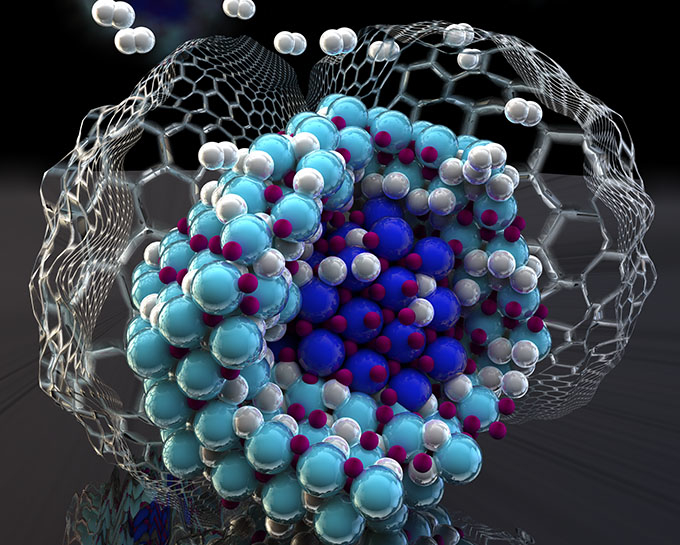
Materials Theory, Modeling, and Simulation
Using high-performance computing resources, our experts build versatile massively parallel computing capabilities for investigating chemical, electronic, structural, and kinetic properties of materials. These tools address critical challenges in clean energy, nuclear nonproliferation, and extreme-condition science.
To support both basic science and programmatic missions, we strive to ensure that our computational resources provide reliable, accurate results for use in theoretical and experimental research and discovery.
Learn more about our research groups by expanding the sections below.
Group leader: Robert Rudd
We research materials and dense plasmas using atomistic and mesoscopic simulation codes, focusing on multiscale modeling of strength and other constitutive properties. Some of our simulations use more than a million processors on LLNL supercomputers and are at the frontiers of high-performance computing. Our expertise includes developing tools like Cardioid, ddcMD, and ParaDiS for massively parallel simulations.
To learn more about our research, visit the Computational Materials Science Group webpage.
Acting group leader: Vincenzo Lordi
We combine state-of-the-art quantum simulation approaches with high-performance computing resources for accurate prediction of a wide range of material properties, providing opportunities to discover new materials with specific targeted properties and to examine states of matter that are difficult to access experimentally.
To learn more about our research, visit the Quantum Simulations Group website.
Career Opportunities
Our exciting work would not be possible without dedicated staff who advance materials science every day. We’re always looking for talented scientists to join our multidisciplinary materials science teams.
Browse our open positions or read about our two summer student internship programs: Computational Chemistry and Materials Science Summer Institute and Materials and Chemistry Institute (MaCI) Summer Program.
Capabilities & Facilities
Our researchers utilize world-class scientific capabilities and modern high-performance computing facilities to support Laboratory programs. Listed below are some of LLNL’s state-of-the-art capabilities commonly used by our scientists.
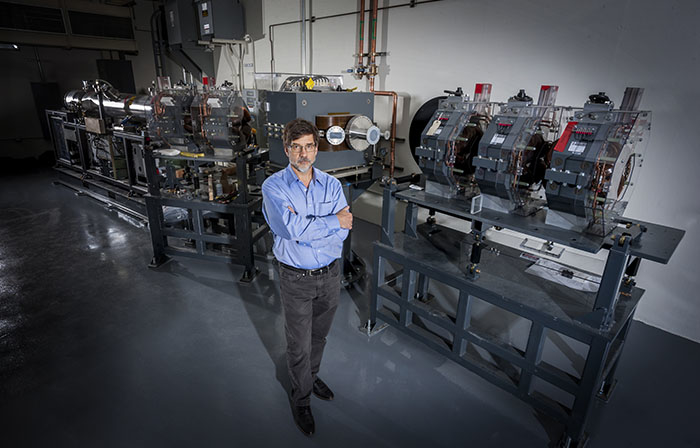
Accelerator Complex
Contact: Scott Anderson
LLNL’s accelerator complex houses sophisticated tools to accelerate charged particles to incredibly high speeds. Located three stories underground, these instruments allow our nuclear physicists to detect isotopes, create fast neutrons, peer inside heavily shielded objects, and characterize unknown material.
Additional information is available on the Accelerator Complex webpage.
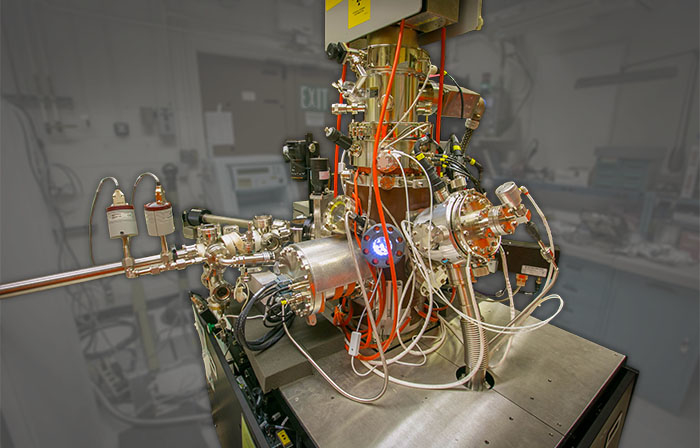
Actinide Materials
Contact: Scott McCall
We support global and national security missions by maintaining capabilities to synthesize, characterize, and test materials containing actinides.

Animal Care Facility (ACF)
Contact: acf [at] lists.llnl.gov (ACF support)
The Association for Assessment and Accreditation of Laboratory Animals, International (AAALAC)-accredited and Public Health Service (PHS) Assured animal facility houses several thousand small animals, which are cared for by full-time Laboratory animal technologists. Animal models are used in comparative genomics studies that focus on understanding gene regulation and for vaccine and countermeasure development.
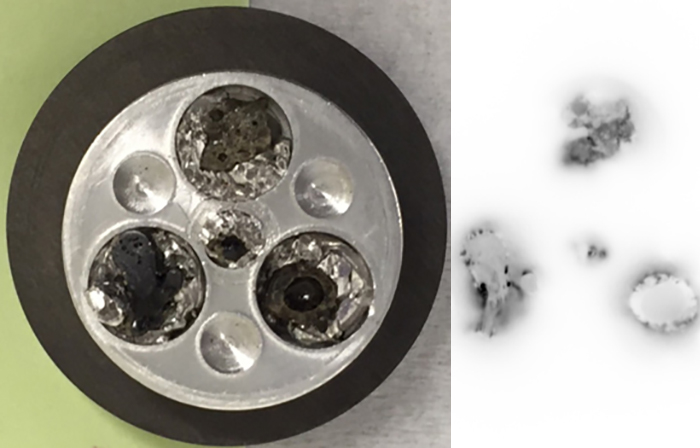
Autoradiography Imaging
Contact: Kim Knight
Sub-millimeter resolution alpha and beta radioactivity imaging
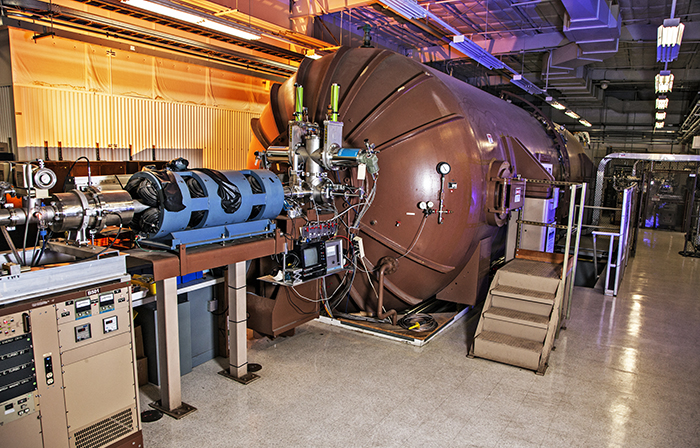
Center for Accelerator Mass Spectrometry (CAMS)
Contact: Nanette Sorensen or Scott Tumey
Researchers at CAMS use diverse analytical techniques and state-of-the-art instrumentation to develop and apply unique, ultra-sensitive isotope ratio measurement and ion beam analytical techniques.
Additional information is available on the CAMS website.
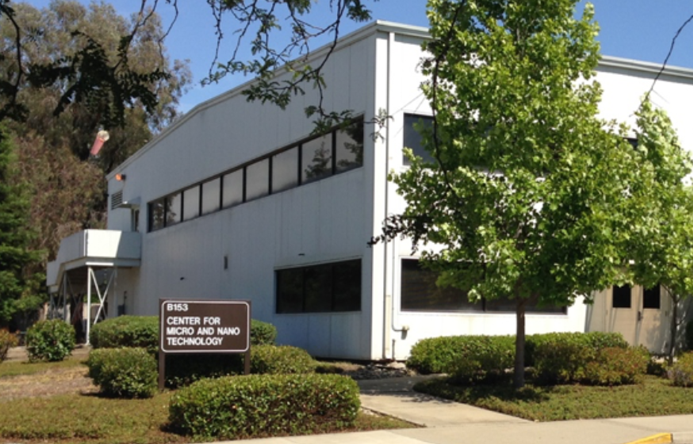
Center for Micro- and Nanotechnology (CMNT)
Contact: Engineering Directorate
Researchers at the CMNT invent, develop, and apply microscale and nanoscale technologies to support LLNL missions. The research and capabilities of the Center cover materials, devices, instruments, and systems that require microfabricated components, including microelectromechanical systems (MEMS), electronics, photonics, micro- and nanostructures, and micro- and nanoactuators.
Additional information is available on the Engineering website.
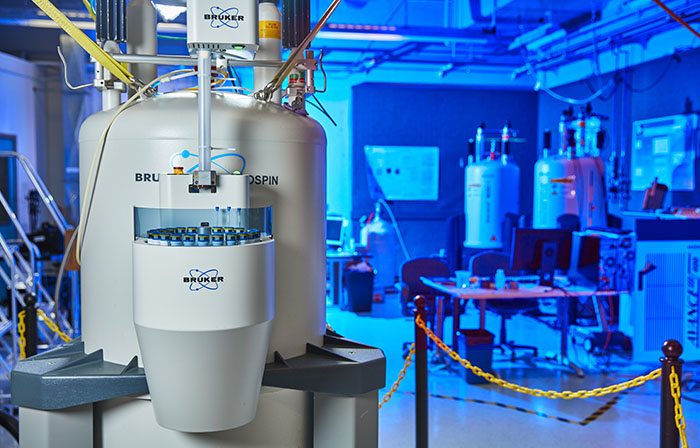
Center for National Security Applications of Nuclear Magnetic Resonance (NMR)
Contact: TBD
The NMR facility provides advanced characterization of chemical processes and materials using magnetically passed spectroscopic capabilities. The center houses multiple spectrometers used to analyze solids, liquids, and gases, including explosives, highly toxic industrial chemicals, and chemical and biological threat agents.

Computational Nuclear Physics
Contact: Bret Beck
We measure, collect, and evaluate nuclear data and incorporate these data into libraries to be used in simulations. We provide nuclear data, physics simulation, and data processing tools for experimental and theoretical nuclear data.
Additional information is available on the Computational Nuclear Physics website.
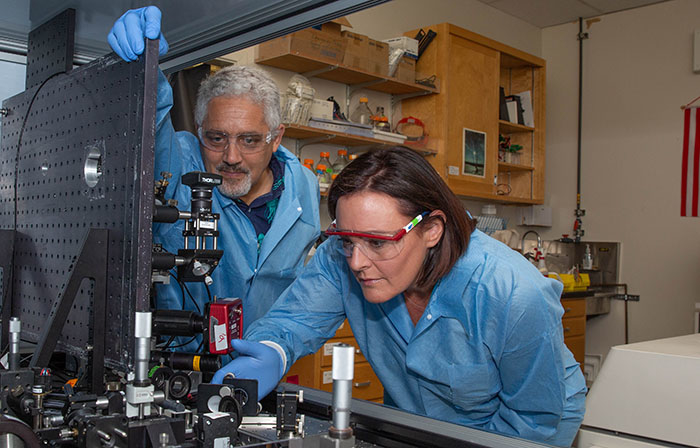
Cooperative Research Center for NanoScaffold-based Chlamydia trachomatis Vaccines
Contact: Matthew Coleman
Leading experts in immunology and nanotechnology are developing and testing a new type of vaccine to prevent sexually transmitted infections caused by the Chlamydia trachomatis (Ct) pathogen.
Additional information is available on the Cooperative Research Center for NanoScaffold-based Chlamydia trachomatis Vaccines webpage.
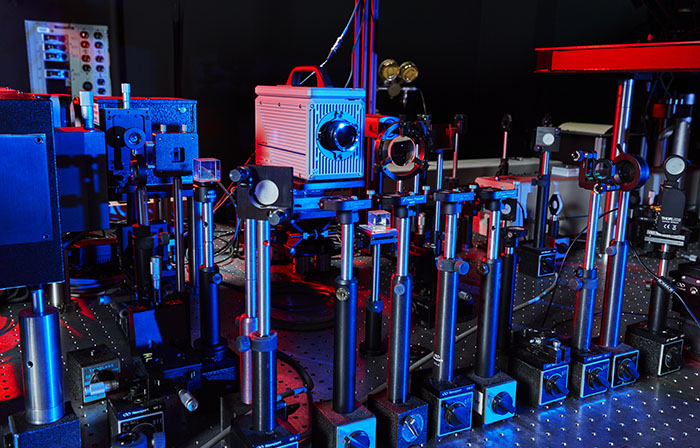
Diamond Anvil Cell (DAC) and Ultrafast Science
Contact: Geoffrey Campbell
Our diamond anvil-based laboratories can measure materials properties at static pressures above 1 Mbar, providing essential equation-of-state information for weapons, experiment design, and further study of the chemistries that control unique material formation. Additional experiments to study shock compression with 10 picosecond time resolution are pushing the limits of current theories of the metal strength, phase transitions, and chemical kinetics.
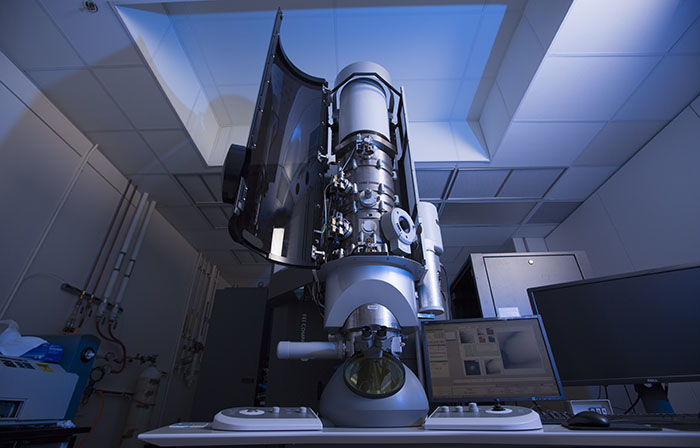
Dynamic Transmission Electron Microscope (DTEM)
Contact: Geoffrey Campbell
The LLNL-developed DTEM enables direct observation of unique mechanical properties controlled by features at the nanoscale.
Additional information is available on the DTEM webpage.
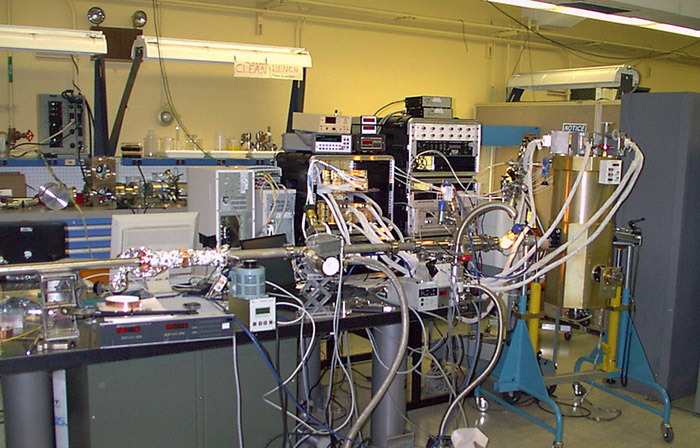
Electron Beam Ion Trap (EBIT)
Contact: Greg Brown
An EBIT makes and traps very highly charged ions by means of a high-current density electron beam. The ions can be observed in the trap itself or extracted from the trap for external experiments. Our EBIT is the only ion source in the world that can create highly charged ions that are practically at rest, allowing us to study an otherwise inaccessible domain.
Additional information is available on the EBIT website.
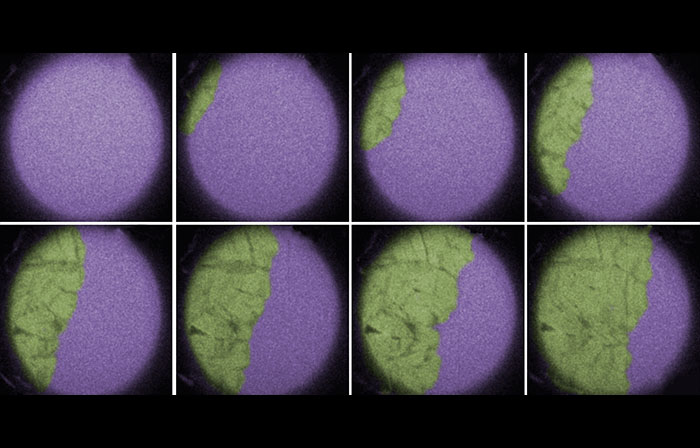
Electron Microscopy
Contact: Kerri Blobaum
LLNL maintains state-of-the-art capabilities in scanning electron microscopy (SEM) and transmission electron microscopy (TEM) to characterize materials.
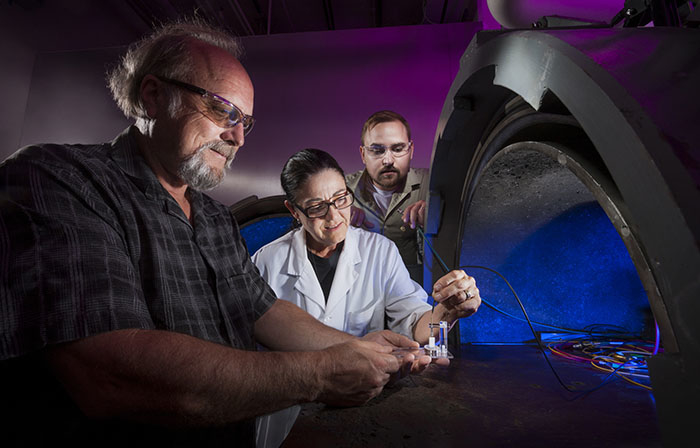
Energetic Materials Center (EMC)
Contact: Lara Leininger
The EMC supports research and development for advanced conventional weapons, rocket and gun propellants, homeland security, demilitarization, and industrial applications of energetic materials. Our researchers, as part of the EMC, specialize in the modeling and experimentation surrounding the development, characterization, and effectiveness of high explosives.
Additional information is available on the EMC website.
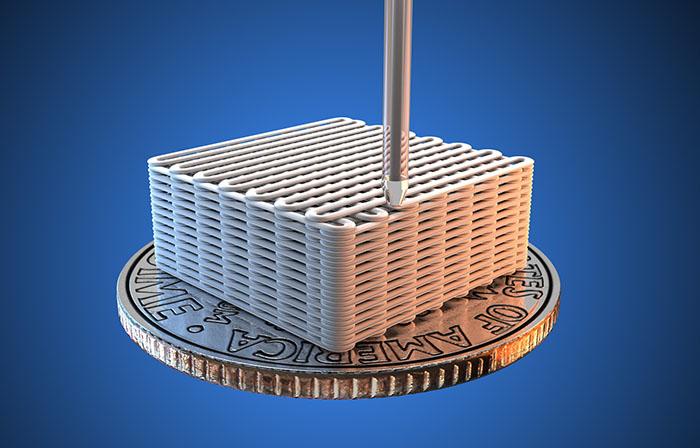
Feedstocks for Additive Manufacturing
Contact: Yong Han
Our scientists and engineers optimize additive manufacturing (3D printing) techniques, such as direct-ink writing, through focused investments in feedstock development. Using computer programs to simulate particle size and scale, we develop new feedstock materials from combinations of polymers, composites, and ceramics, with applications ranging from weapon components to energy innovations.
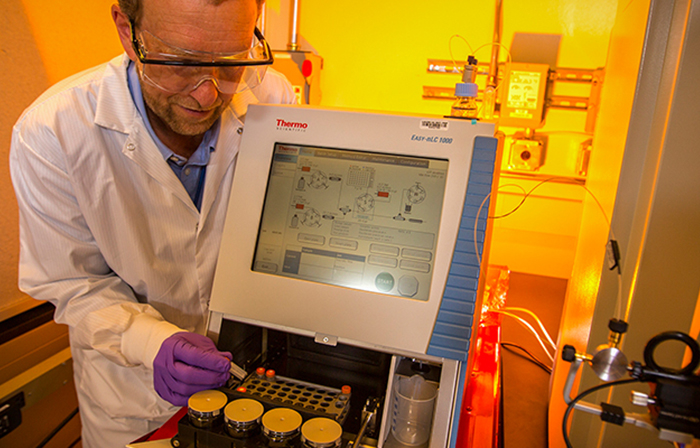
Forensic Science Center (FSC)
Contact: Audrey Williams
FSC researchers analyze interdicted samples, provide radiological assistance 24/7, and engage in the critical research and development needs of the intelligence community. FSC expertise includes analytical chemistry, organic chemistry, inorganic chemistry, nuclear chemistry, and forensic instrument design and fabrication.
Additional information is available in the FSC Fact Sheet and on the FSC website.
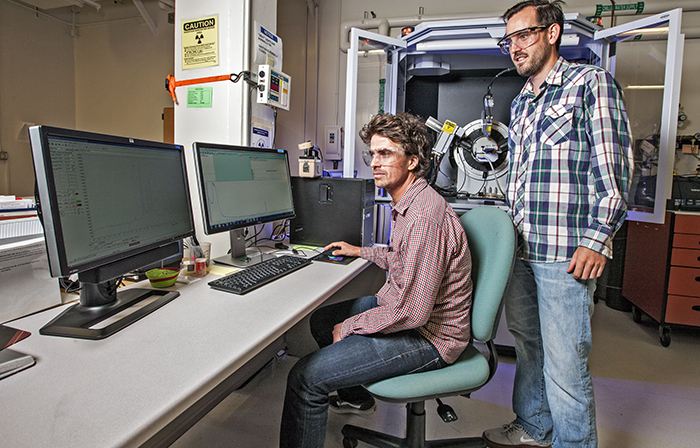
Glenn T. Seaborg Institute
Contact: Mavrik Zavarin
The LLNL branch of the Glenn T. Seaborg Institute conducts collaborative research between LLNL and the academic community in radiochemistry and nuclear forensics, contributing to the education and training of undergraduate and graduate students, postdocs, and faculty in transactinium science.
Additional information is available on the Seaborg Institute website.
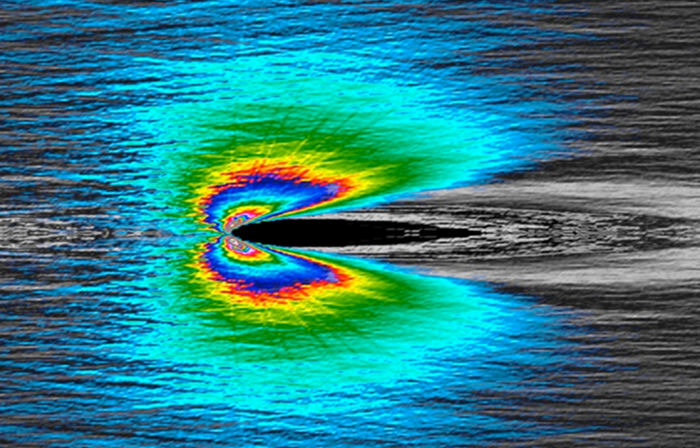
High Energy Density Science (HEDS) Center
Contact: Frank Graziani
The HEDS Center fosters collaborations with university faculty and students that have the potential to enhance high-energy-density science research. The HEDS Center facilitates access to LLNL’s HEDS experimental facilities and high-performance computing resources in order to support research important to the Department of Energy.
Additional information is available on the HEDS Center website.
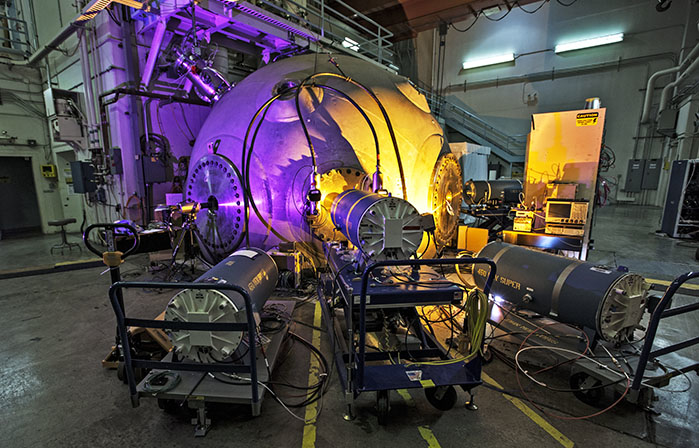
High Explosives Applications Facility (HEAF)
Contact: Lara Leininger
HEAF houses unique facilities for the synthesis, characterization, and testing of high explosives and other energetic materials. HEAF is also equipped with extensive, high-fidelity, high-speed diagnostic capabilities, including x-ray radiography, high-speed photography, laser velocimetry, and embedded particle velocity/pressure measurements.
Additional information is available on the HEAF webpage.
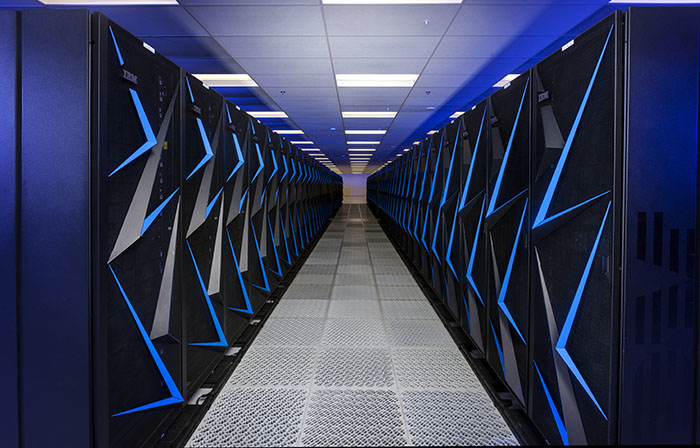
High-Performance Computing
Contact: lc-support [at] llnl.gov (LC support)
LLNL is home to a first-class computational infrastructure that supports the high-performance computing requirements of the Laboratory’s mission and research scientists. Livermore Computing provides the systems, tools, and expertise needed to enable discovery and innovation through simulations.
Additional information is available on the Livermore Computing Center website.
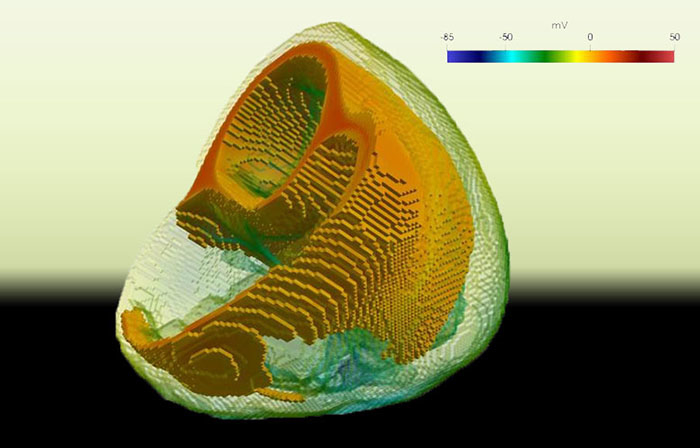
High-Performance Computing (HPC) Innovation Center
Contact: HPC Innovation Center
LLNL’s HPC Innovation Center connects companies with computational science and computer science experts, on demand, to help them solve their toughest challenges. It also provides cost-effective access to some of the world’s largest HPC systems and rapidly assembles expert teams to develop, prove, and deploy high-impact solutions across a broad range of industries and applications.
Additional information is available on the HPC Innovation Center website.

Joint Genome Institute (JGI)
Contact: Crystal Jaing
The JGI is a high-throughput genome sequencing and analysis facility dedicated to the genomics of nonmedical microbes, microbial communities, plants, fungi, and other targets relevant to DOE mission areas in clean energy generation, climate change, and environmental sciences. Scientists from the Genomics group support key missions of JGI by performing DNA sequencing experiments and sequencing data analysis utilizing unique molecular biology skills and state-of-the-art instrumentation.
Additional information is available on the JGI website.
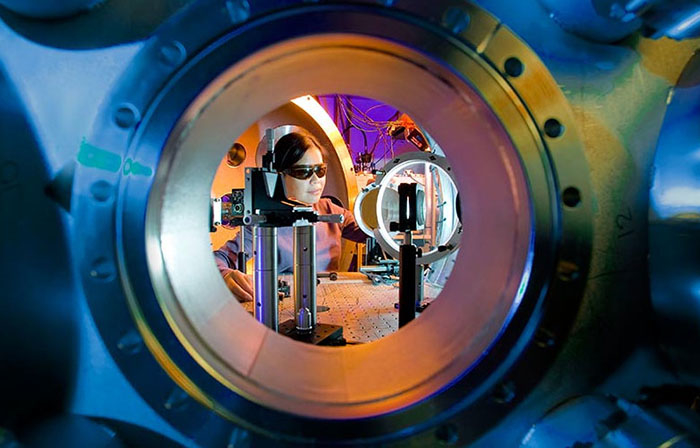
Jupiter Laser Facility (JLF)
Contact: Elaine Johnson
JLF is a unique laser user facility for research in high-energy-density science. Its diverse laser platforms offer researchers a wide range of capabilities to produce and explore states of matter under extreme conditions of high density, pressure, and temperature.
Additional information is available on the JLF website.
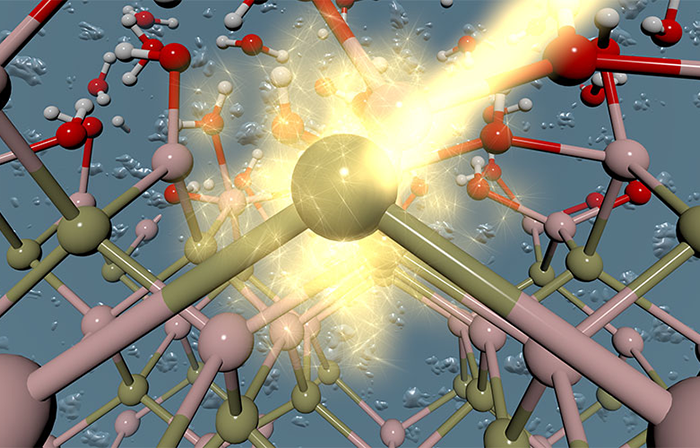
Laboratory for Energy Applications for the Future (LEAF)
Contact: Brandon Wood
LEAF is a multidisciplinary center that develops disruptive technologies for the grid, transportation, and the environment from inception to demonstration.
Additional information is available on the LEAF website.

Mass Spectrometry
Contact: Rachel Lindvall
LLNL’s mass spectrometry instruments offer experimental and diagnostic techniques that make it possible to count atoms, study lunar rocks, isolate isotopes, and characterize unknown material. These sophisticated tools enable our nuclear chemists, cosmochemists, and radiochemists to tackle complex science challenges.
Additional information is available on the Mass Spectrometry webpage.
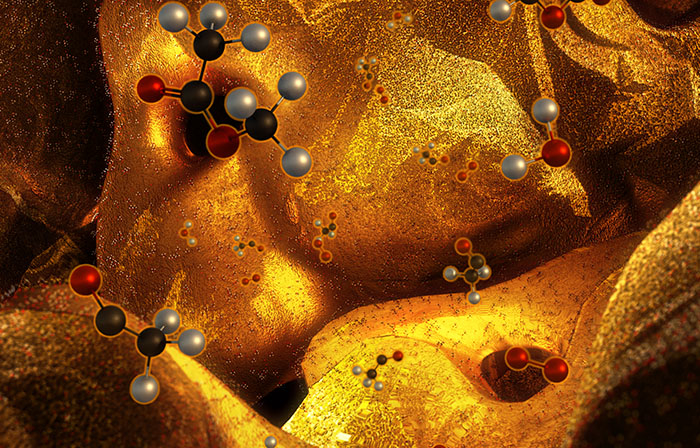
Nanoscale Synthesis and Characterization Laboratory (NSCL)
Contact: Alex Hamza
NSCL is making advances in science at the intersection of physics, materials science, engineering, and chemistry. We are pursuing research in nanoporous materials, advanced nano crystalline materials, novel 3D nanofabrication technologies, and nondestructive characterization at the mesoscale.
Additional information is available on the NSCL webpage.
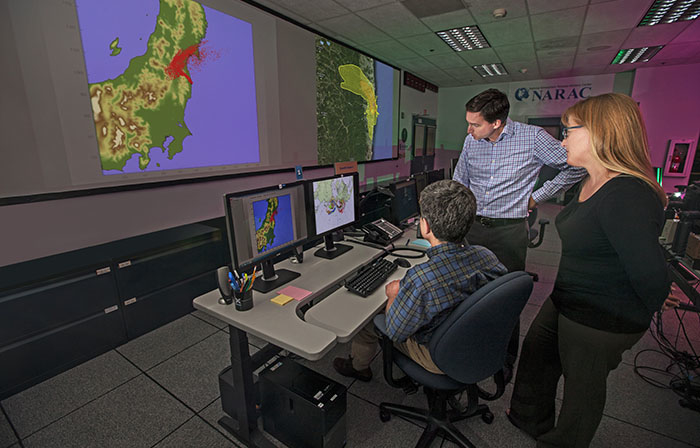
National Atmospheric Release Advisory Center (NARAC)
Contact: Lee Glascoe
NARAC is a national support and resource center for planning, real-time assessment, emergency response, and detailed studies of atmospheric releases of nuclear, radiological, chemical, biological, and natural materials. NARAC provides timely and accurate atmospheric plume predictions to aid emergency preparedness and response efforts in protecting the public and the environment.
Additional information is available on the NARAC website.

National Ignition Facility (NIF)
Contact: Patricia Koning
NIF houses the world’s largest and highest-energy laser. NIF’s laser beams routinely create temperatures and pressures similar to those that exist only in the cores of stars and giant planets and inside nuclear weapons. The facilities are a key element of maintaining the reliability and safety of the U.S. nuclear deterrent without full-scale testing.
Additional information is available on the NIF website.
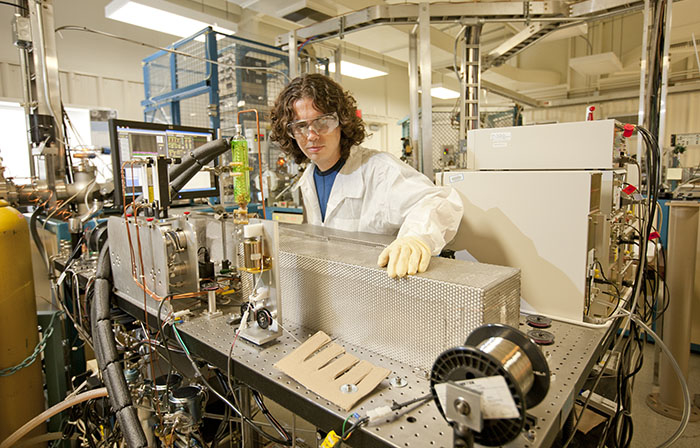
National User Resource for Biological Accelerator Mass Spectrometry (BioAMS)
Contact: Graham Bench
BioAMS makes accelerator mass spectrometry (AMS) available to biomedical researchers who need to accurately measure very low levels of radioisotopes. BioAMS is working to enhance AMS for analysis of radioisotopes in biomedical tracer studies through development of new methods and instrumentation.
Additional information is available on the BioAMS website.
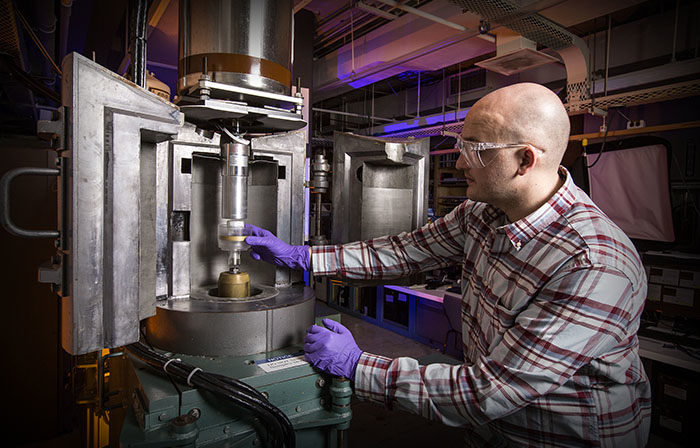
Nuclear Counting Facility (NCF)
Contact: Keenan Thomas
Located two floors below ground, with a layer of shielding materials between floors to minimize background radiation, LLNL’s Nuclear Counting Facility provides high-sensitivity radiation measurements. Its assets include gamma spectrometers, solid-state detectors, alpha and beta counting systems employing ionization gas chambers, and liquid scintillation techniques.
The facility supports research in stockpile stewardship, nonproliferation, and counterterrorism, including:
- Analyzing samples and surrogate materials in support of nuclear forensics efforts.
- Studying samples collected during underground nuclear tests, which ended in 1992.
- Determining the number of radioactive atoms produced during experiments at LLNL’s National Ignition Facility.
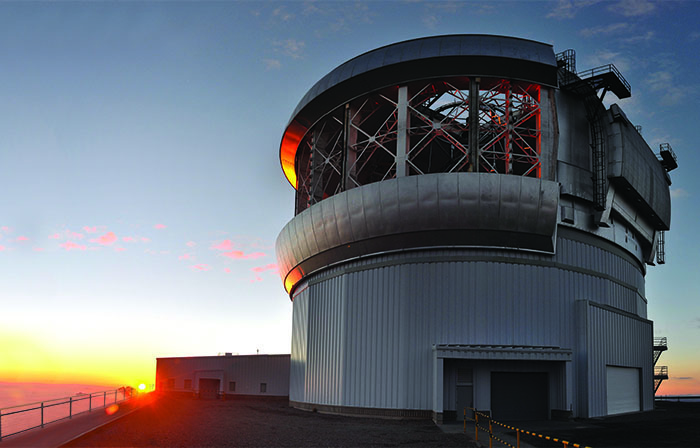
Optical Sciences
Contact: Alex Pertica
Our experts develop x-ray adaptive optics systems and optical payloads for nano-satellites. We have explored the use of survey telescopes for dark matter research, developed algorithms and software tools for simulation of orbital space events, and implemented sensor calibration and exploitation strategies for hyperspectral airborne sensors.
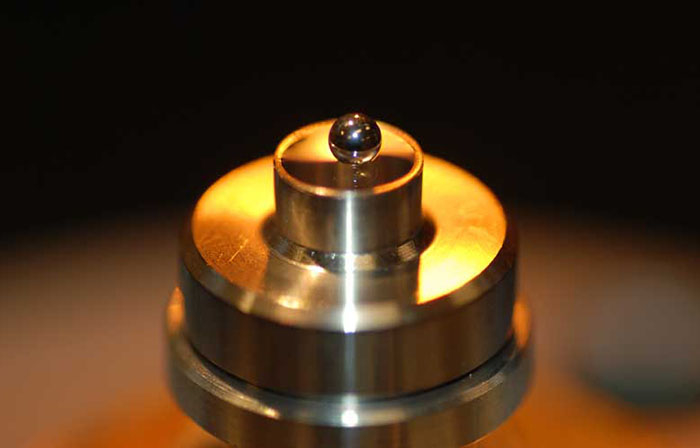
Polymer Science
Contact: James Lewicki
We maintain capabilities to synthesize, characterize, and model a broad range of polymeric materials and architectures.

